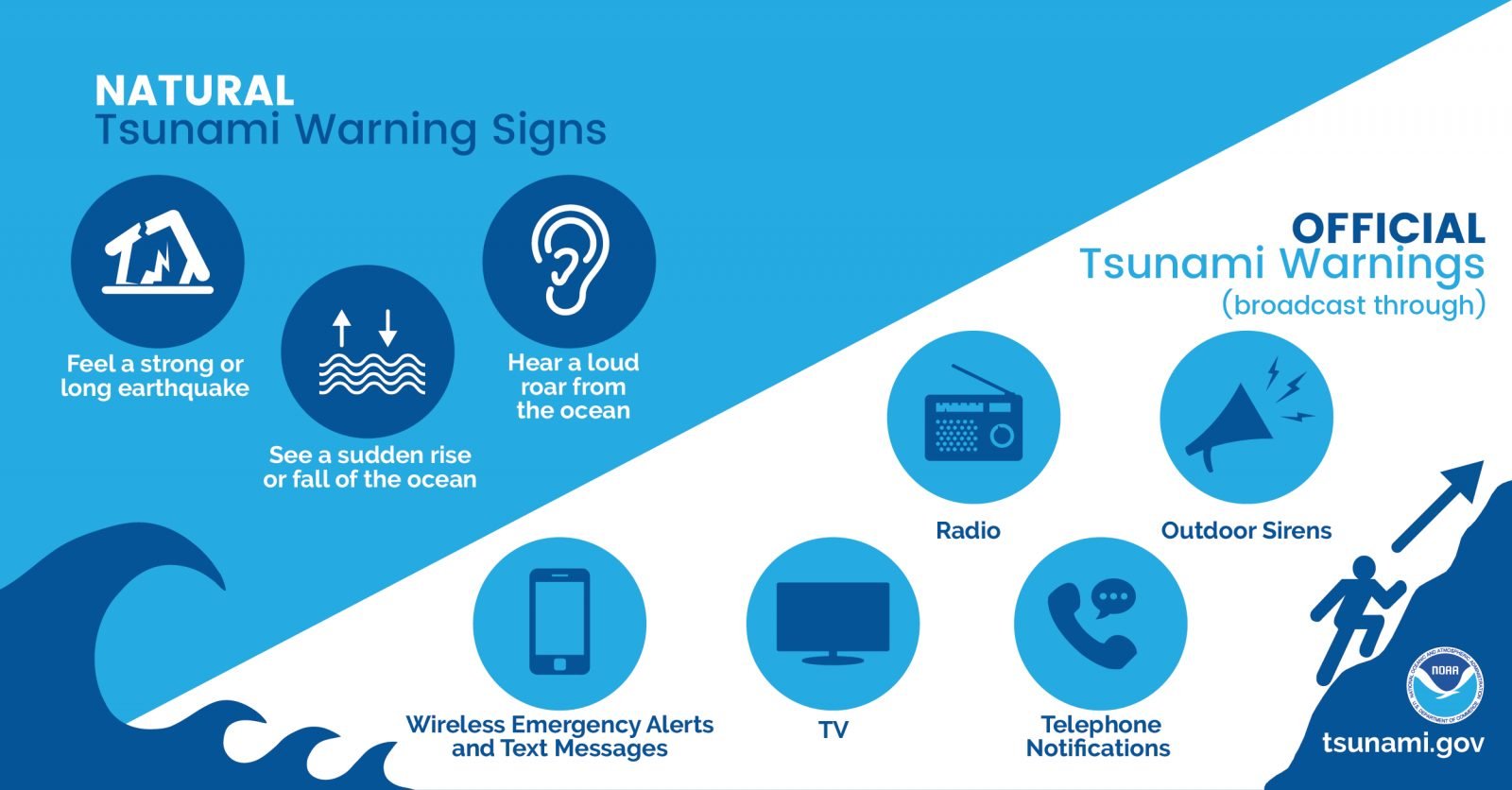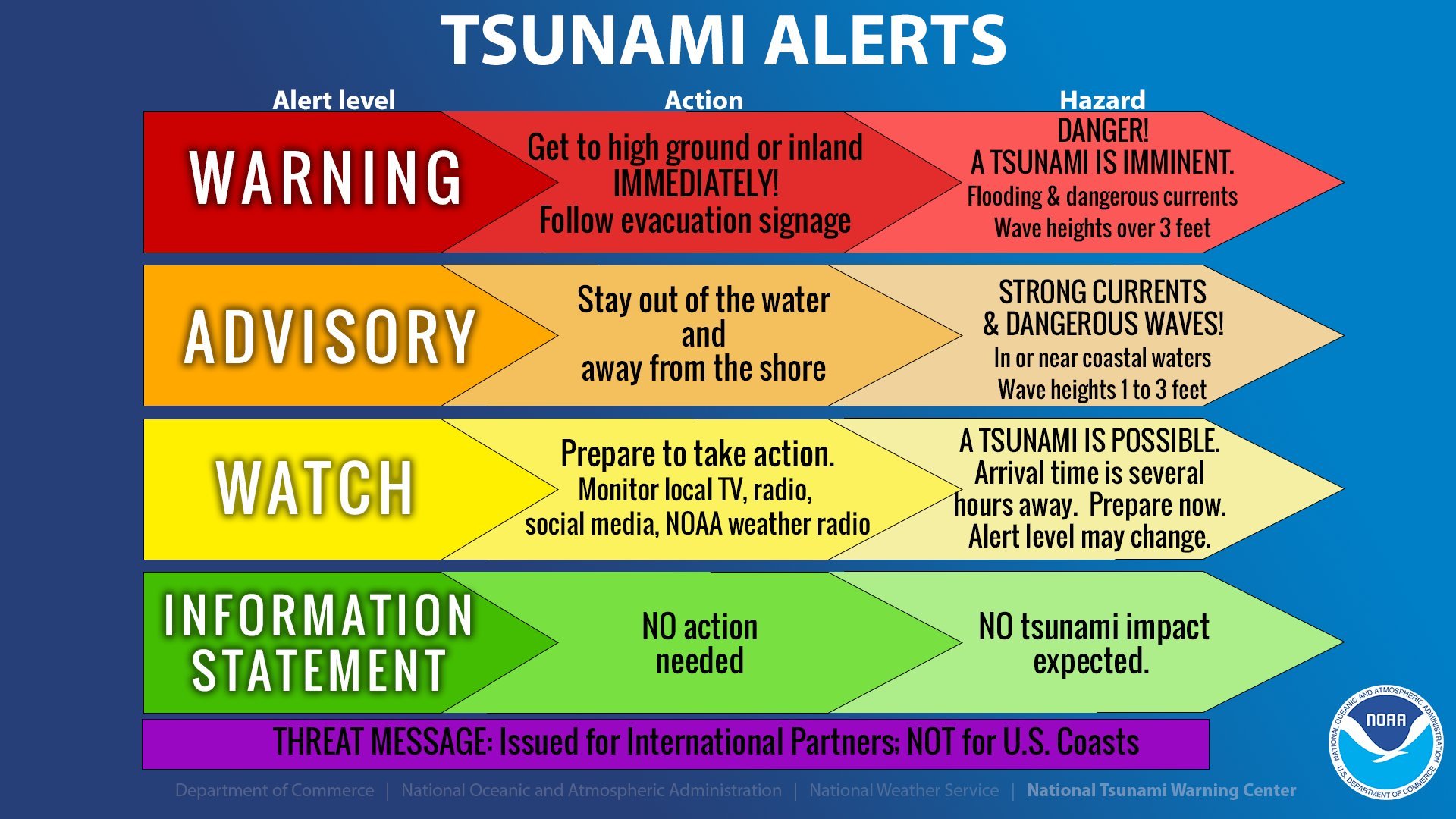Revisiting 1868 to Inform Disaster Preparedness - 6/6: Why Does It Matter Today?
Seven Steps to Earthquake Safety from the Earthquake Country Alliance, https://www.earthquakecountry.org/sevensteps/ .
The series of disasters on Hawaiʻi Island between March 27 and April 11, 1868 includes the largest earthquake ever reported in Hawaiʻi, estimated at magnitude 7.9, to go along with two other magnitude 7’s and countless smaller events, devastating landslides and tsunamis, four eruptions in total at both Maunaloa and Kīlauea volcanoes’ summits and southwest rifts, and finally significant collapses atop each volcano. If such a sequence were to repeat today, residents’ knowledge and preparedness could go a long way in mitigating its impact, especially in minimizing the damage to human lives and well-being. In that spirit, we have presented a series of 6 short articles that recap each phase of the sequence and its relevance to those of us on-island.
Seven Steps to Earthquake Safety from the Earthquake Country Alliance, https://www.earthquakecountry.org/sevensteps/ .
During the first phase, Maunaloa erupted briefly at its summit, intruded its Southwest Rift, and triggered a magnitude 7.1 quake on March 28. In the second phase, a magnitude 7.9 quake on April 2 caused widespread damage, collapses, landslides, a freak mudflow and a tsunami, through which altogether perhaps 100 people perished. In the third phase, the Great Quake triggered the draining of lava from Kīlaueaʻs summit and intrusion into the rift zone(s) accompanied by many earthquakes, along with a brief eruption within Kīlauea Iki. In the fourth phase, another magnitude 7 quake rocked Kīlauea, opening its Southwest Rift to feed a small eruption and cause collapse at Kīlauea summit. In the fifth and final phase of the sequence, Maunaloa erupted on its Lower Southwest Rift as its own summit collapsed.
The record-setting 7.9 earthquake by itself would cause significant damage Statewide were it to happen today. Local quakes don’t give much time for tsunami warnings to be issued, arriving on shore within minutes and also affecting the entire State. Both of these potential events rely on education and preparedness to minimize their impact, especially close to the epicenter where effects are greatest. Emergency responders would be challenged by the occurrence of a second disaster while responding to the first, then by a third and fourth disaster in turn (M7.1, M7.9 & tsunami, M7, Maunaloa SW Rift eruption), with extreme damage locally and other impacts Statewide.
For earthquakes, residents can secure their space, make emergency plans, organize emergency supplies and minimize financial hardship, according to the Earthquake Country Alliance. For local tsunami, anyone at the beach who feels an earthquake strong enough to make standing difficult, or sees the ocean recede significantly such that the reef is exposed, or hears a loud roar from the ocean, should immediately evacuate inland and uphill without waiting for any sirens or other prompting, helping and alerting others nearby. Planning a gathering point inland of the beach can help people reconnect, with everyone taking urgent action once tsunami warning signs appear. Precautions can be taken beneath cliffs and steep terrain especially during seismically active periods, with the expectation of possible rockfalls and landslides.
Natural and official tsunami warnings, from NOAA’s tsunami.gov.
Beyond personal preparedness, HVERI is working with communities alongside Hawaiʻi County Civil Defense, Vibrant Hawaiʻi and the network of island-wide Resilience Hubs to improve the resilience of our systems and our ability to respond to such a series of disasters. The events of 1868 would serve as the ultimate test for preparedness, and while we hope it will be a long time before we see a similar sequence, we cannot be ready soon enough. To this end, let us know if you'd like to join us or the Resilience Network through volunteering, or if you’d like to support us financially in this important work, as our mission is to improve disaster preparedness, response and recovery through volcano education and resilience network building.
Tsunami alert levels from NOAA’s National Tsunami Warning Center.
Ready to take action? Dive into preparedness for earthquakes and tsunamis by following these links:
Seven Steps to Earthquake Safety from the Earthquake Country Alliance - https://www.earthquakecountry.org/sevensteps/
Four Key Aspects of Tsunami Preparedness from Wai Hālana, State of Hawaiʻi -
https://waihalana.hawaii.gov/2021/04/12/tsunami-awareness-month-hawaii/
#Maunaloa #Geology #Hawaii #1868Eruption #HawaiiHistory




